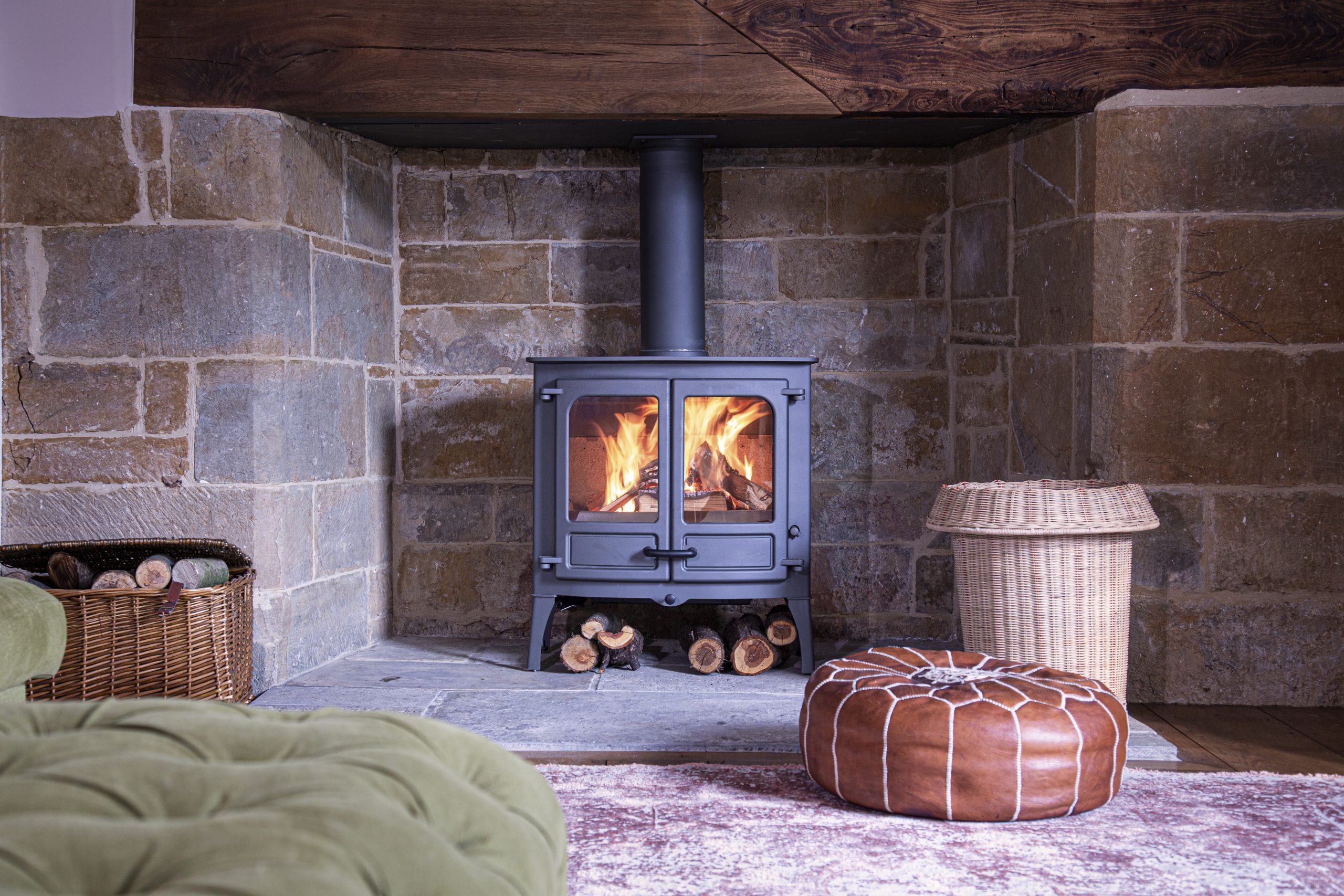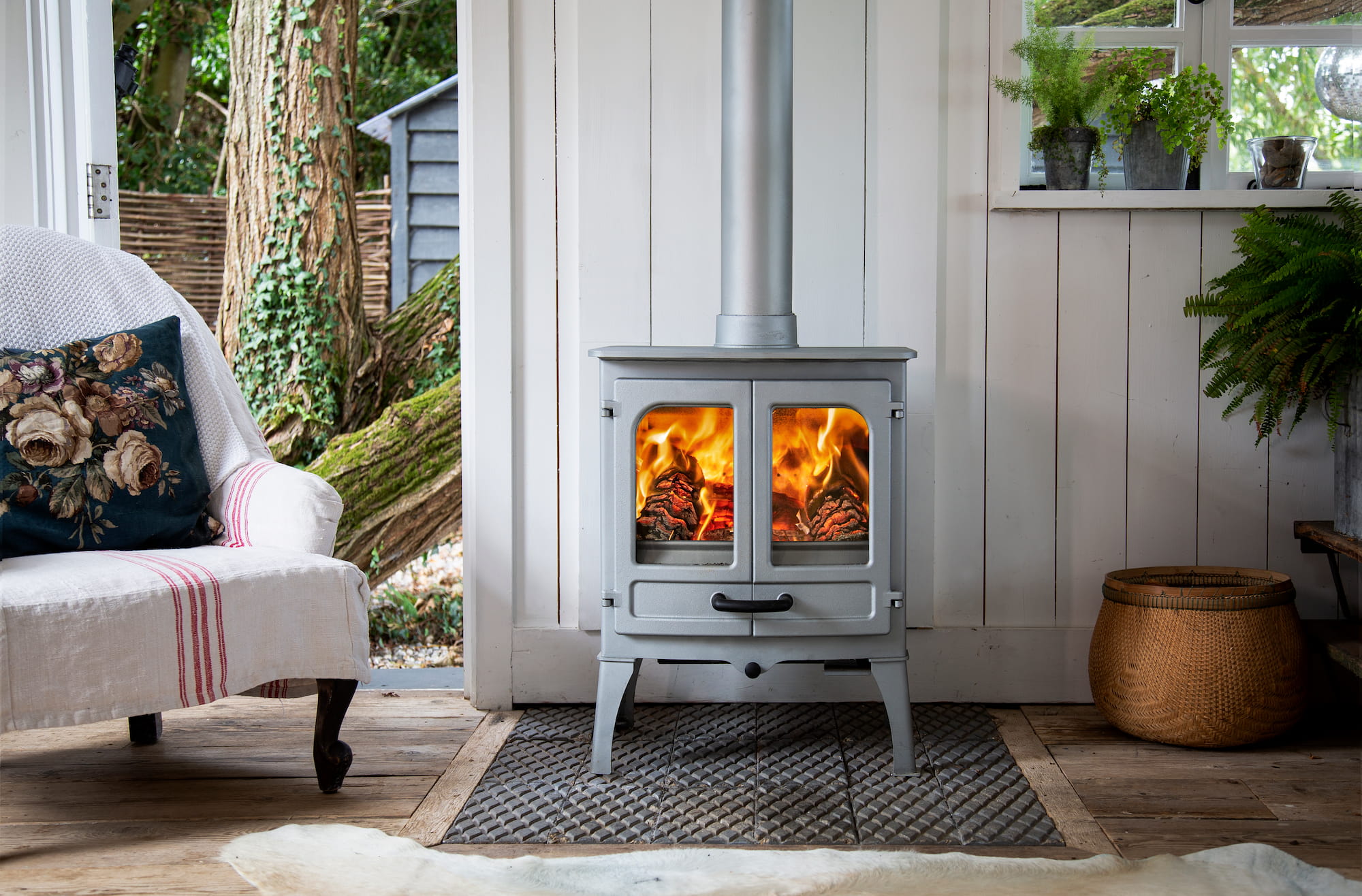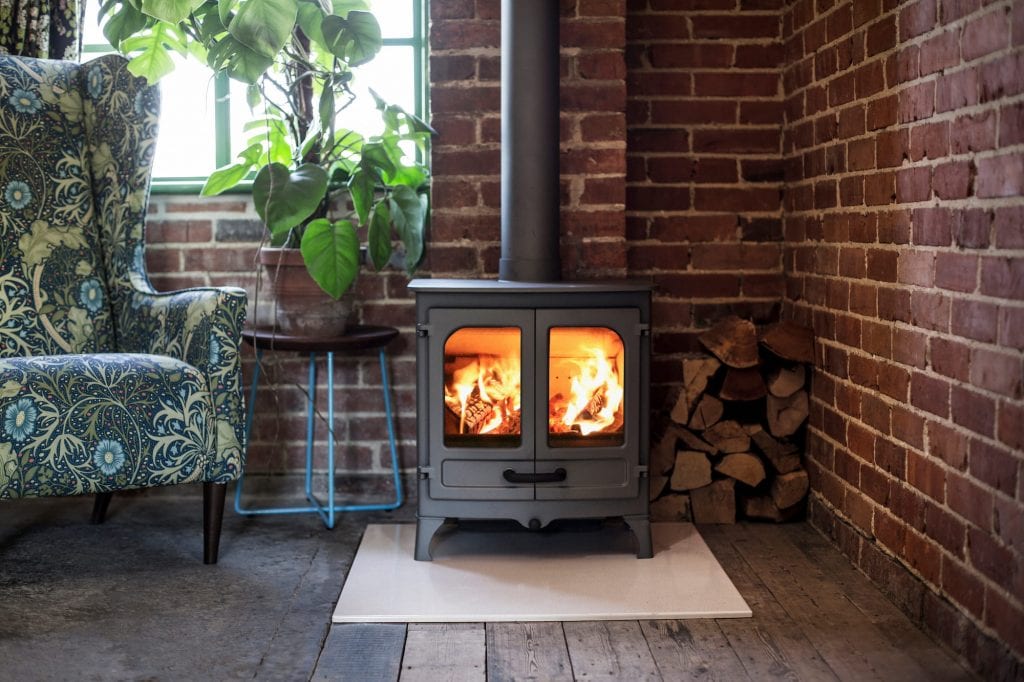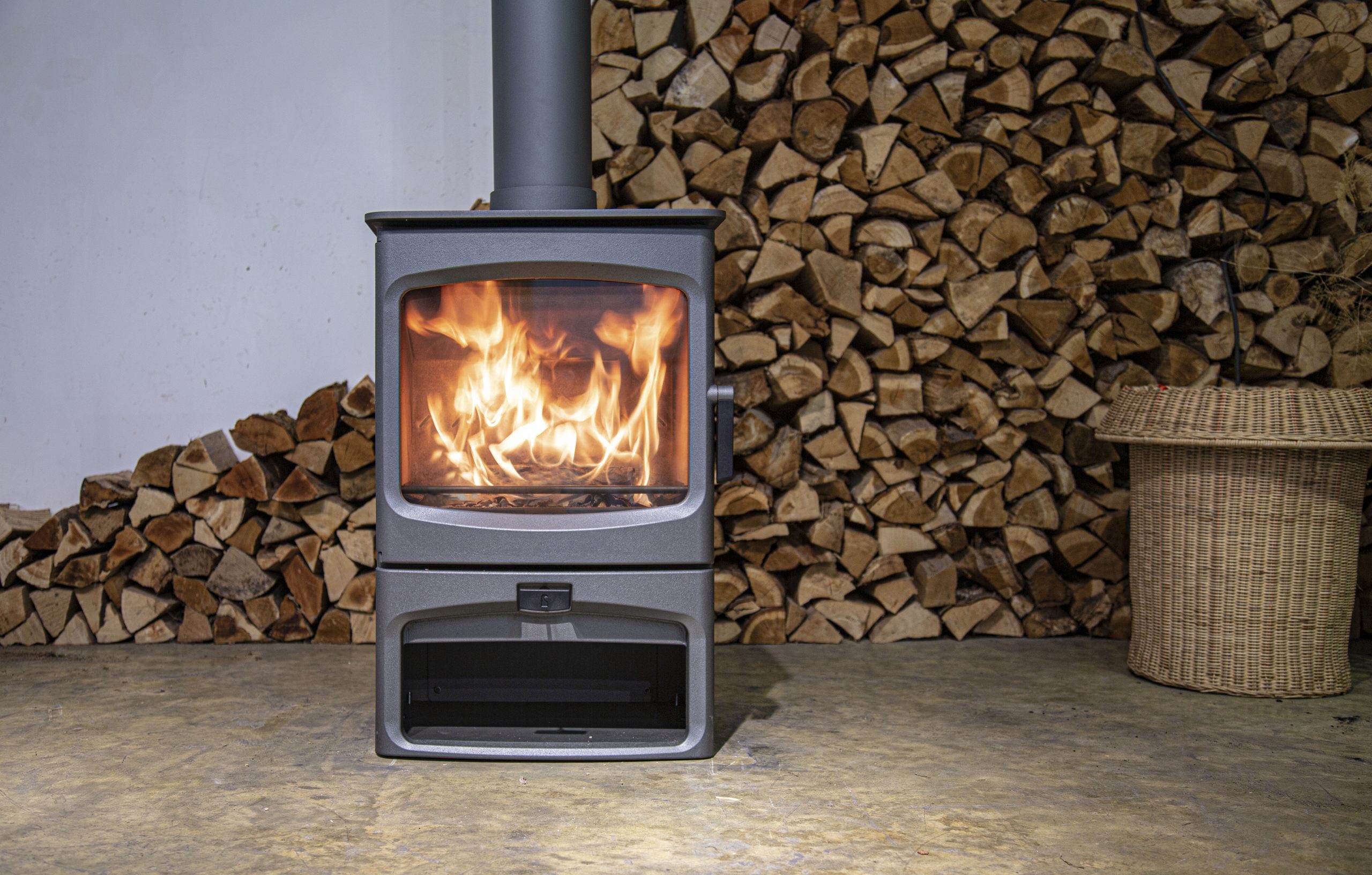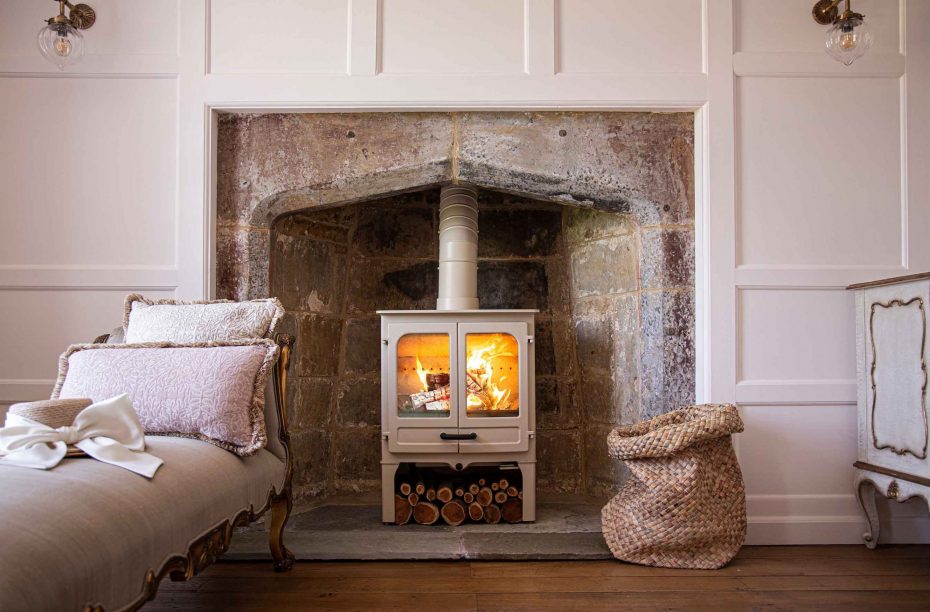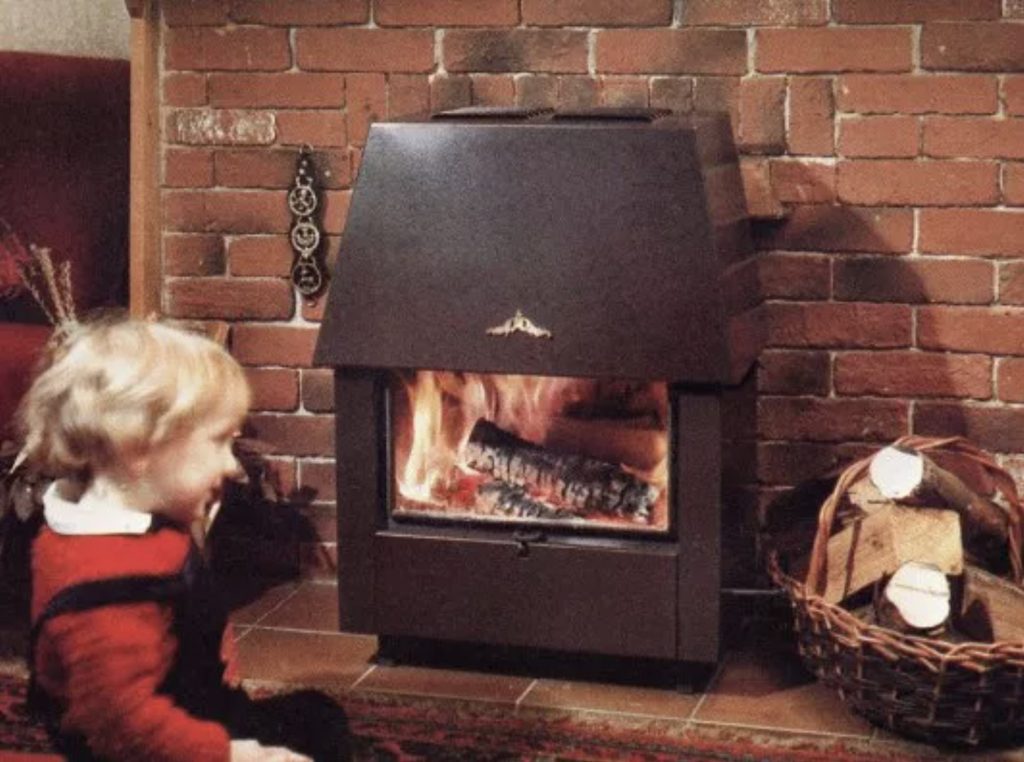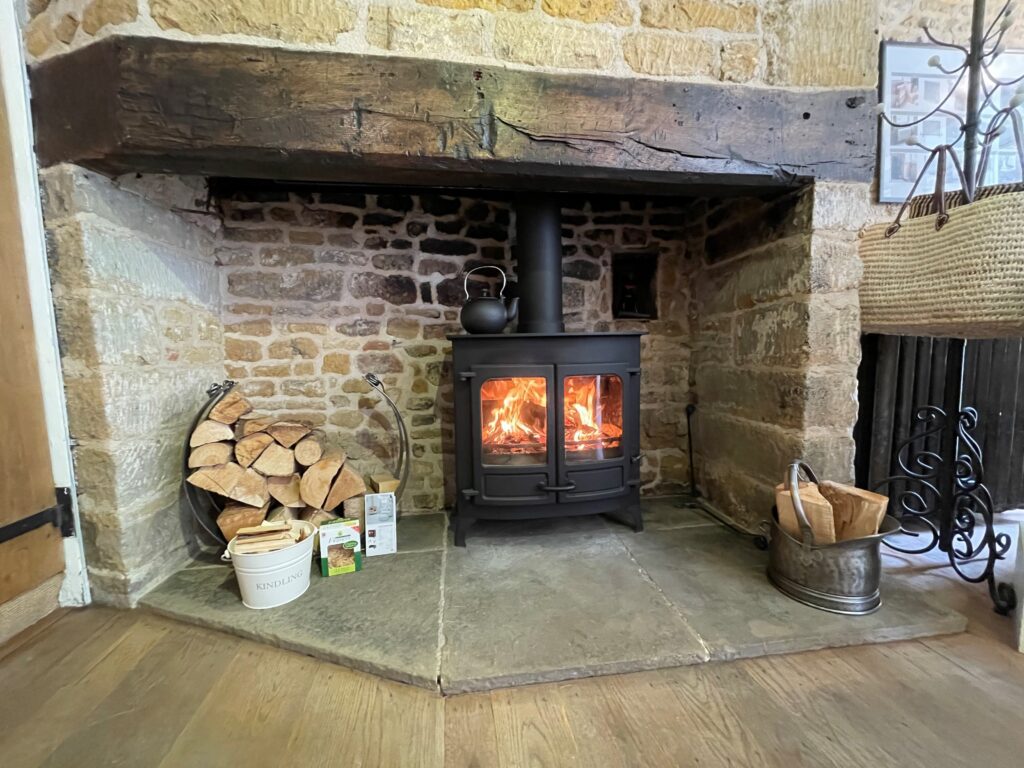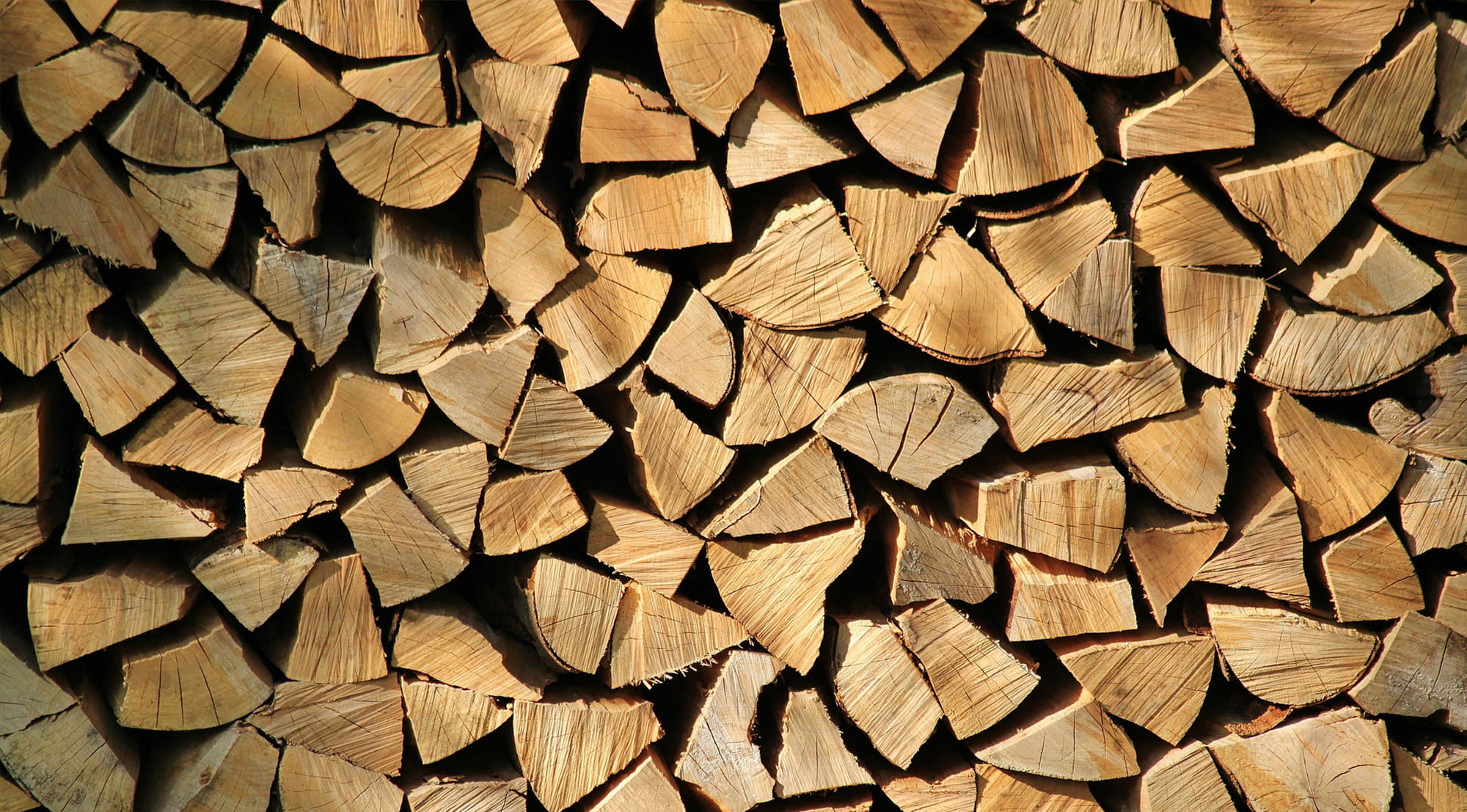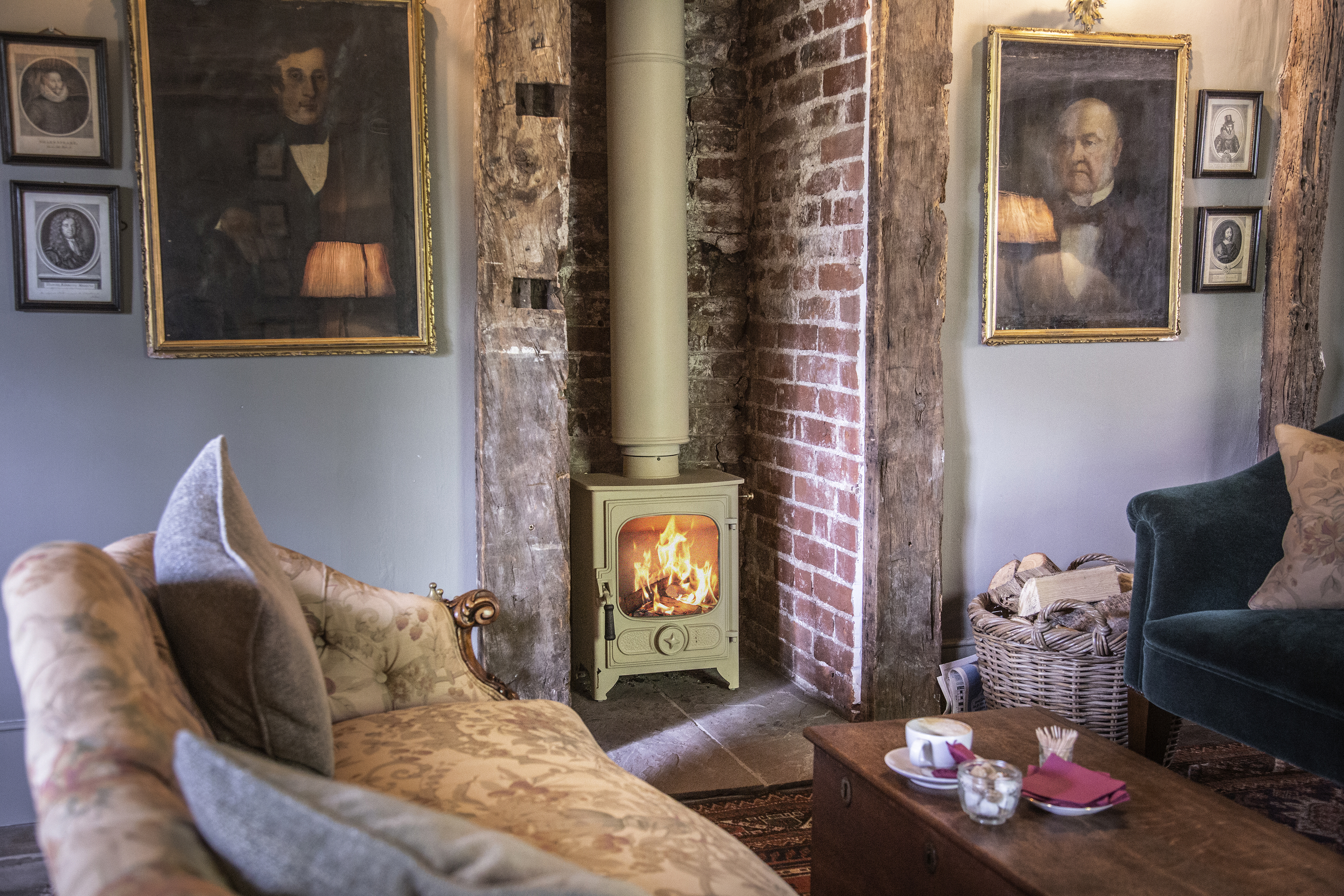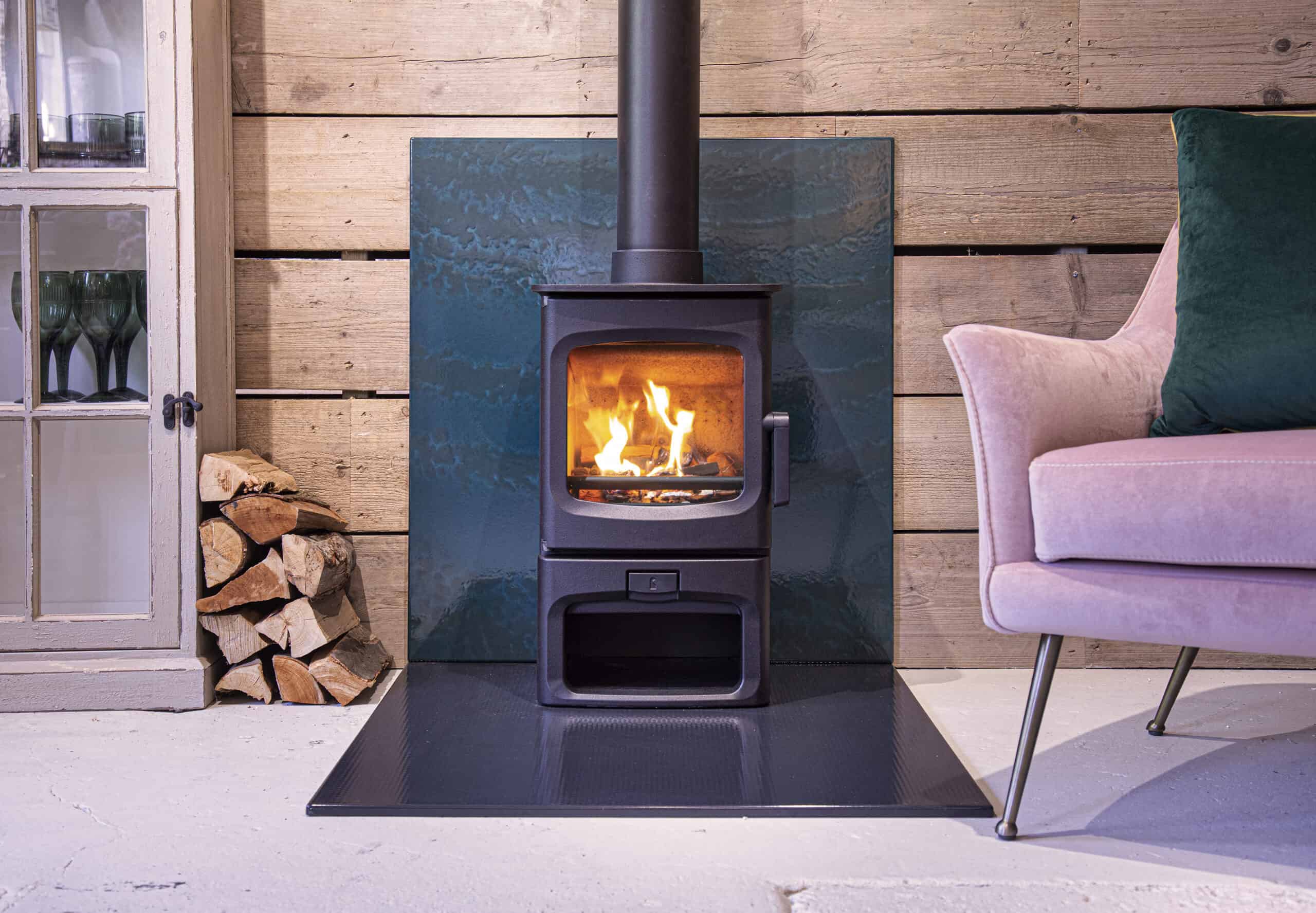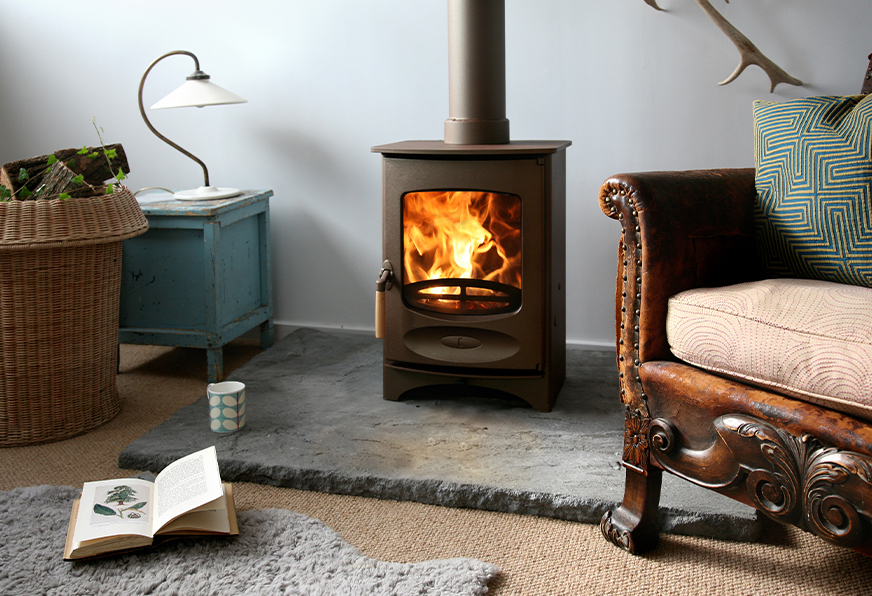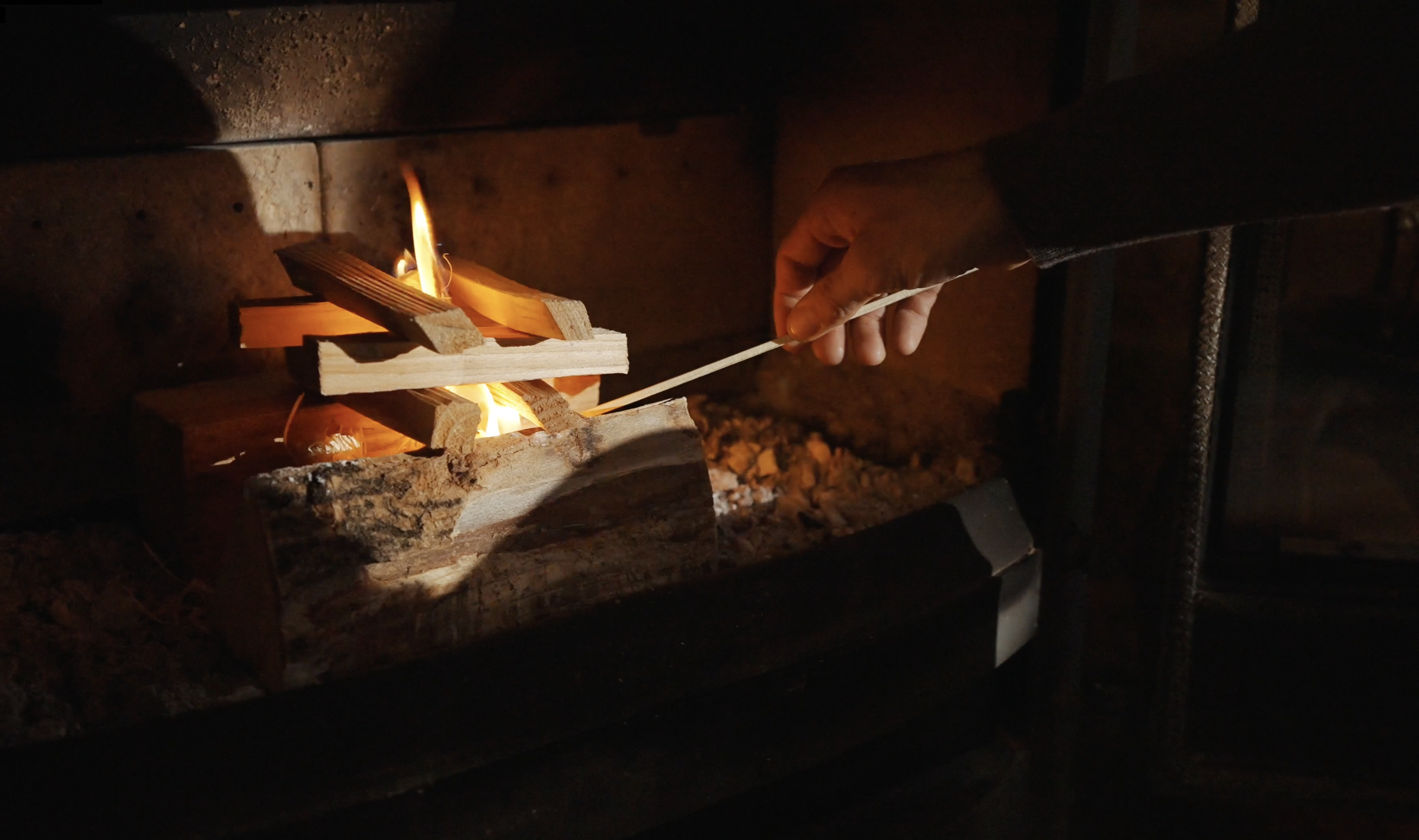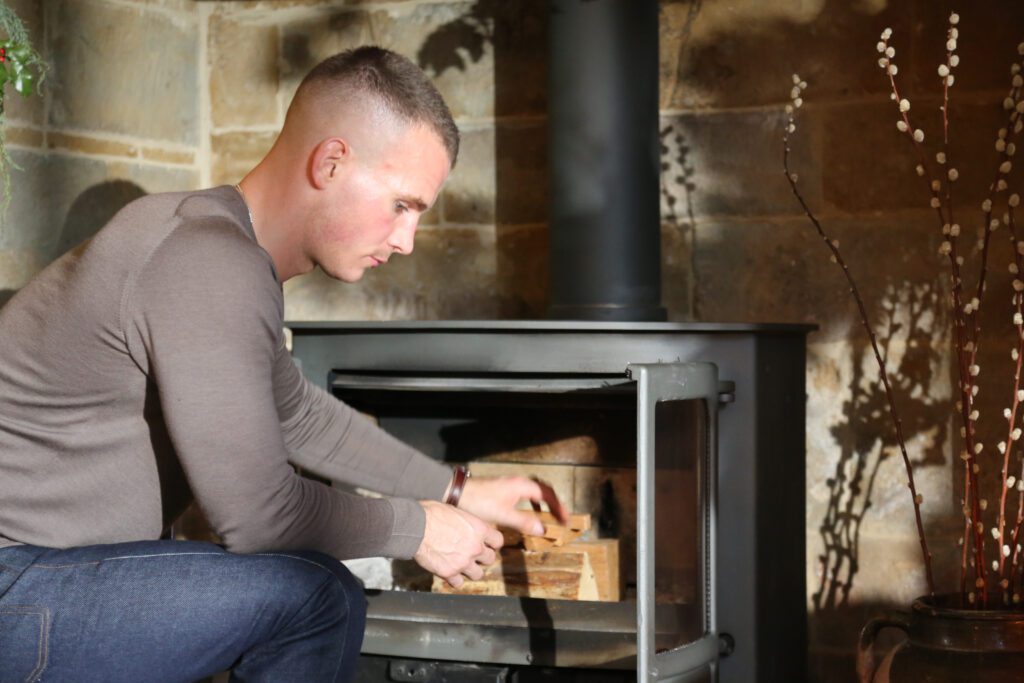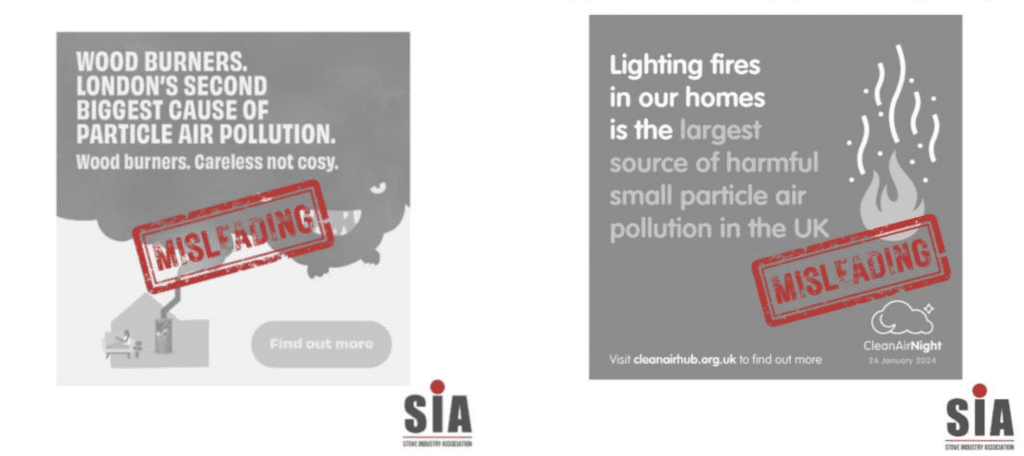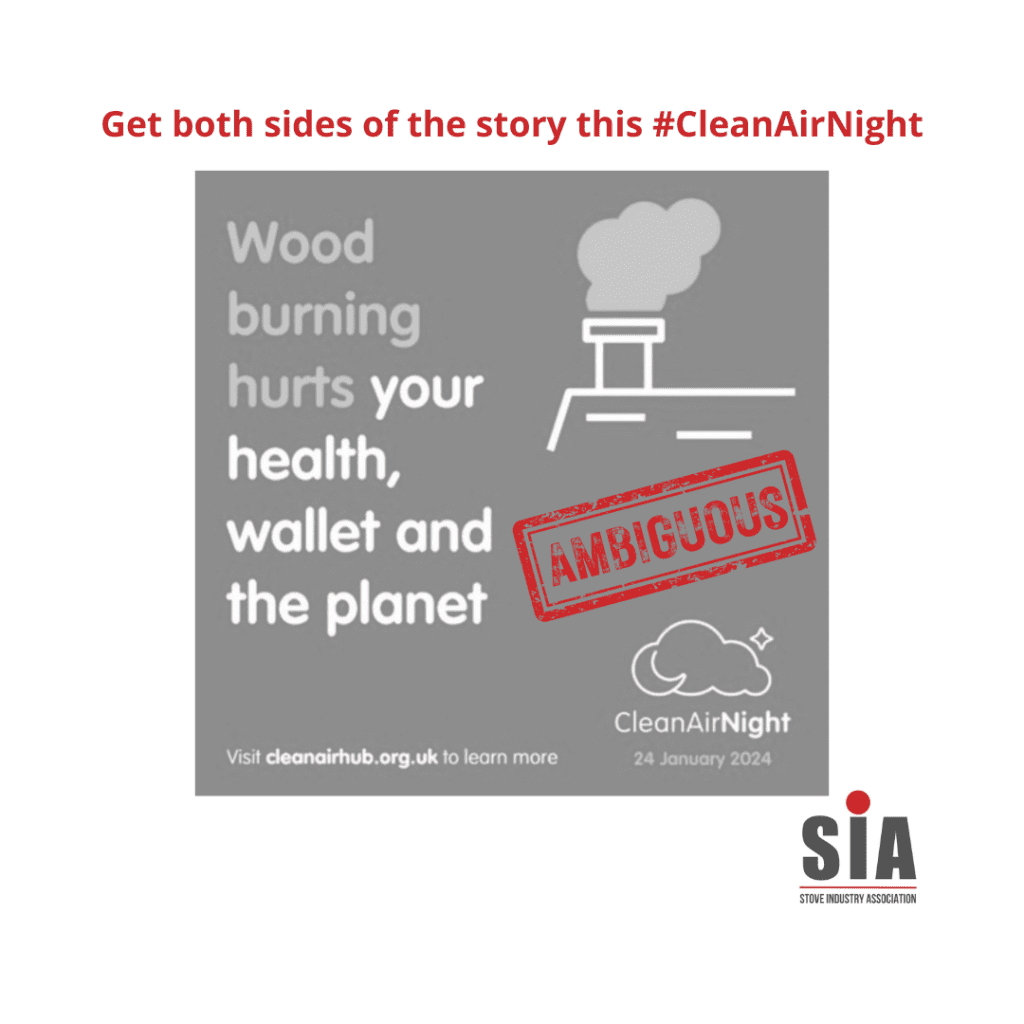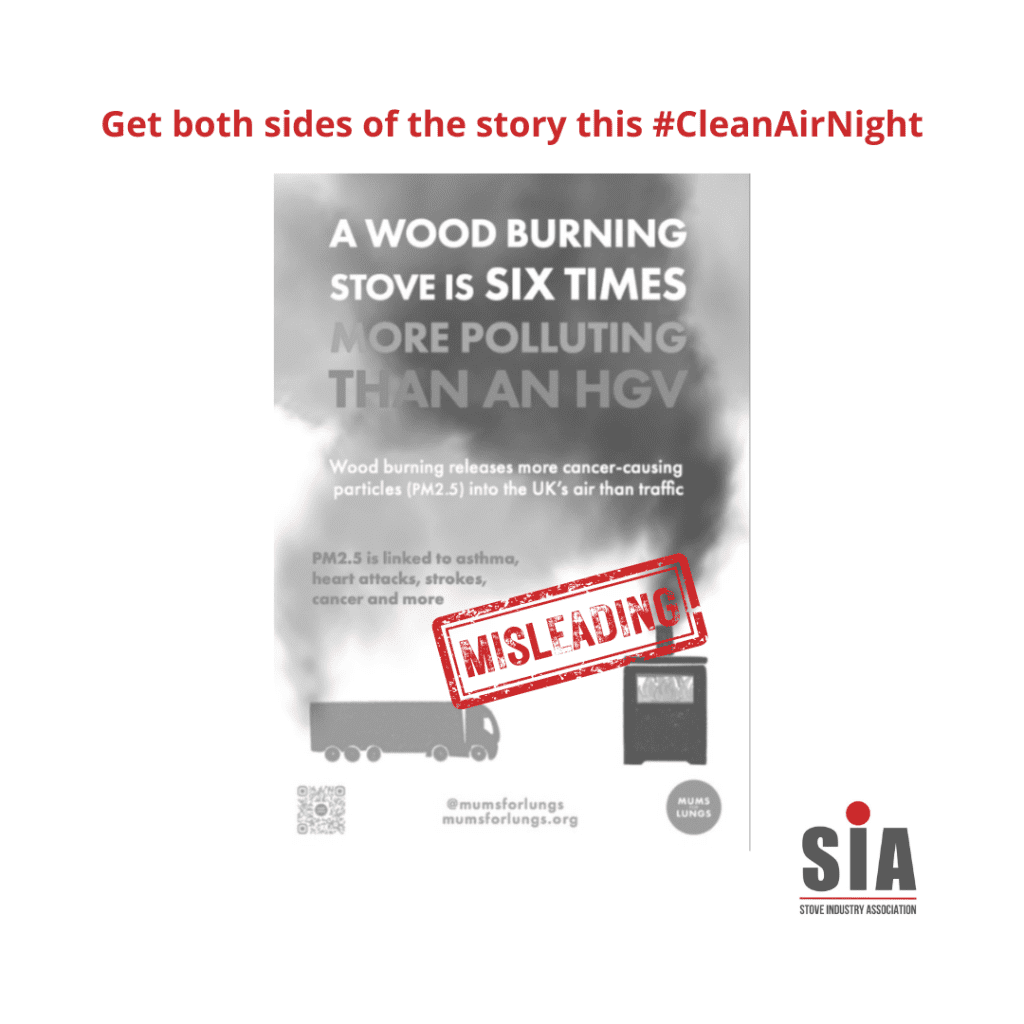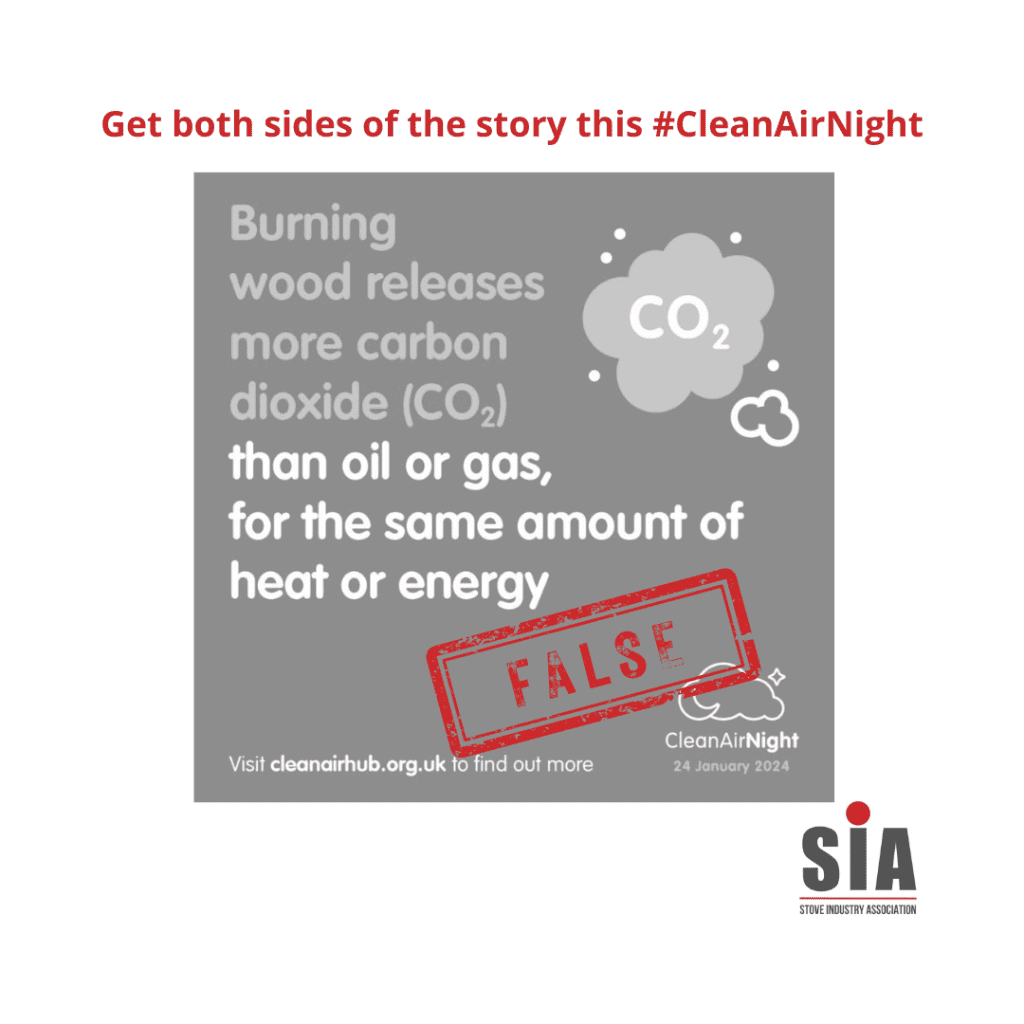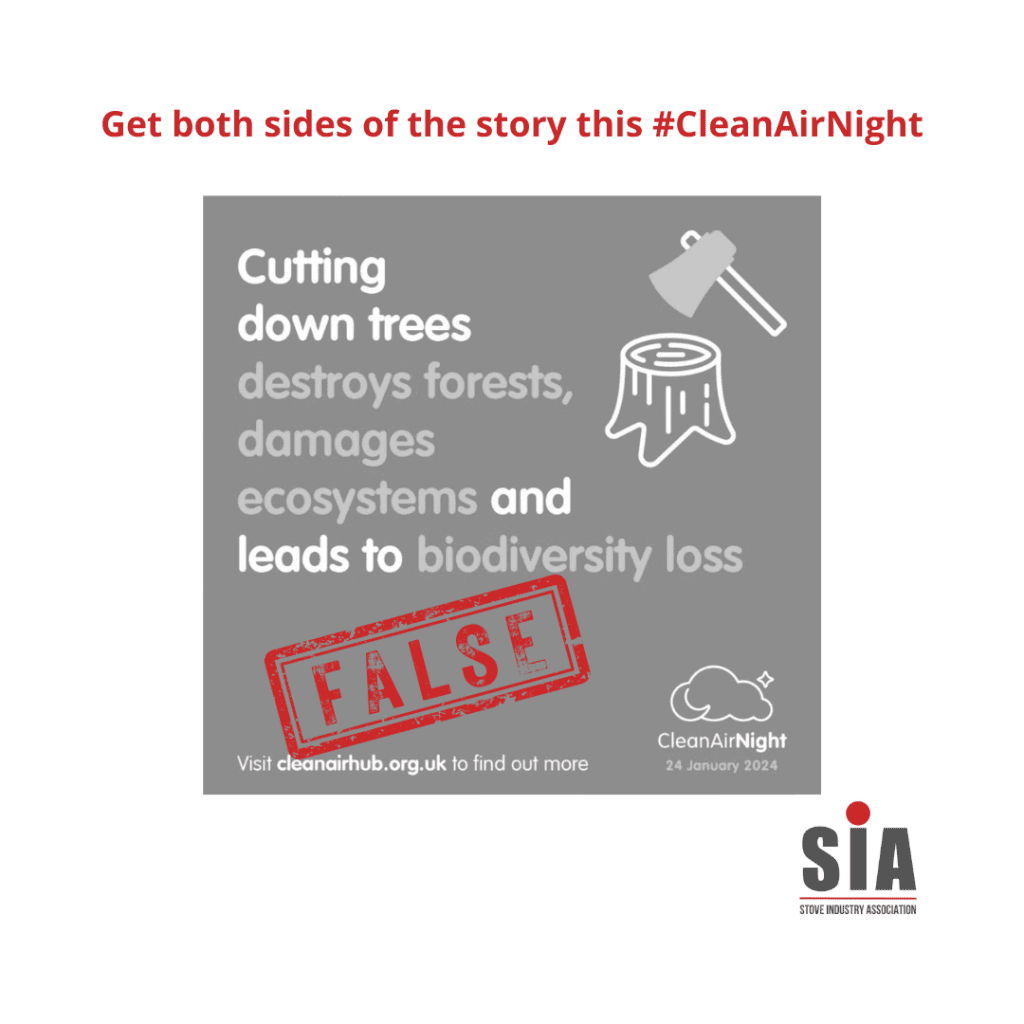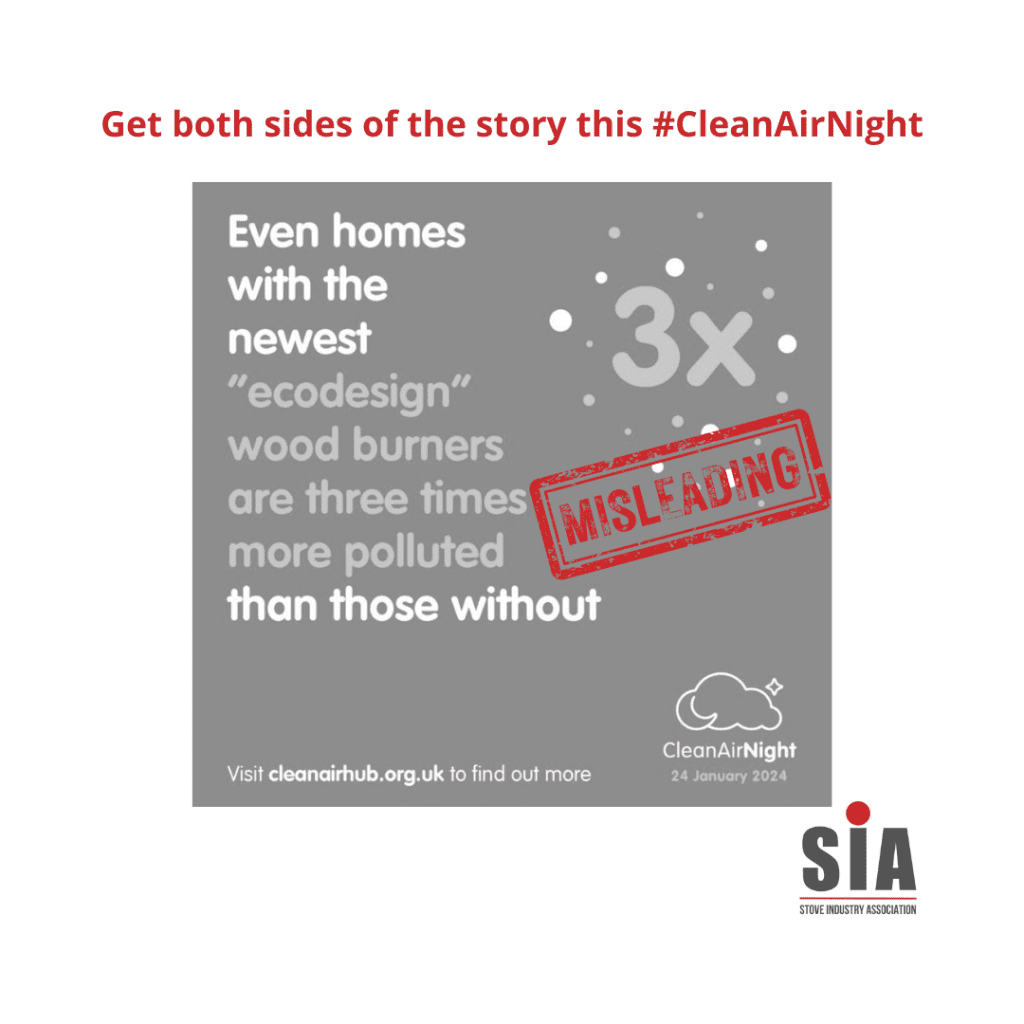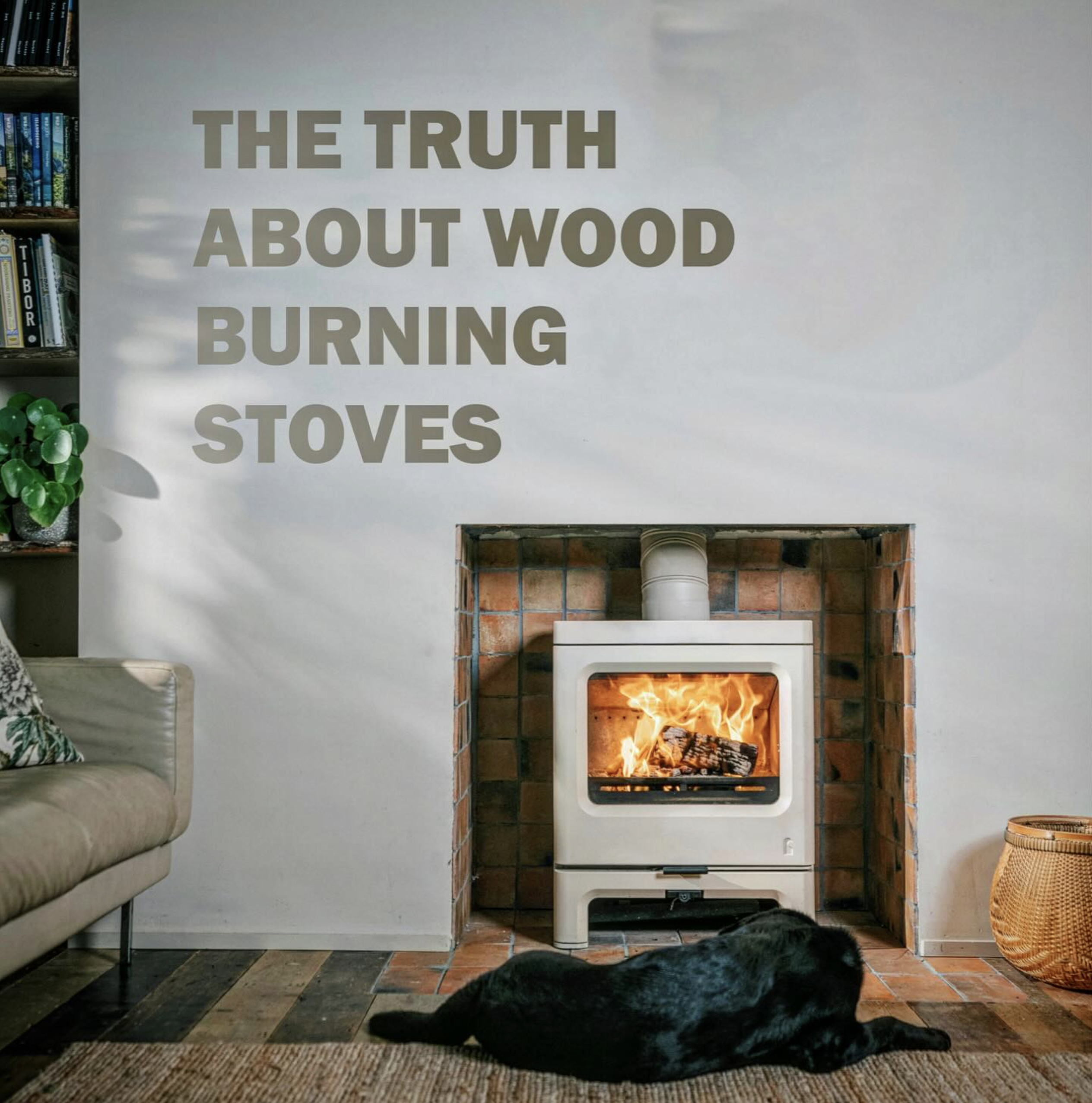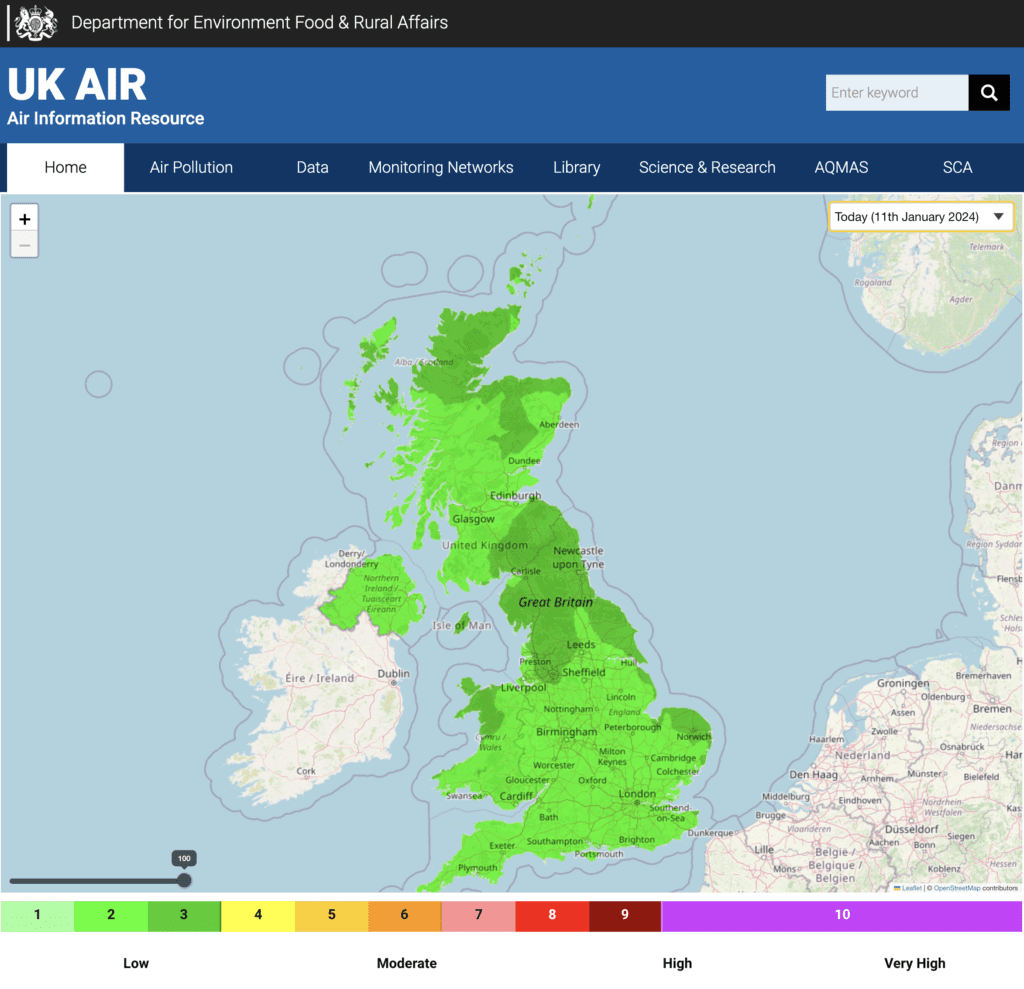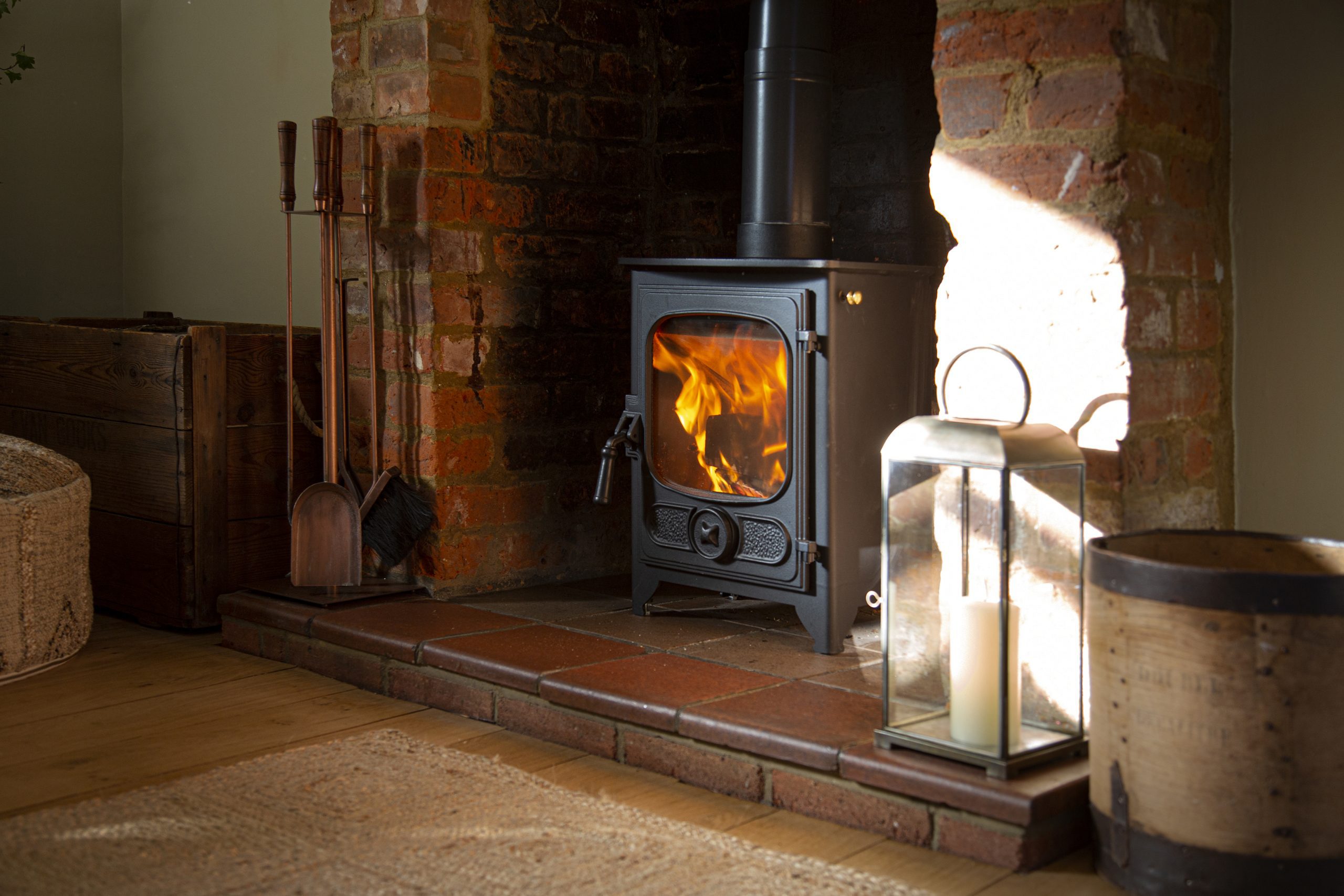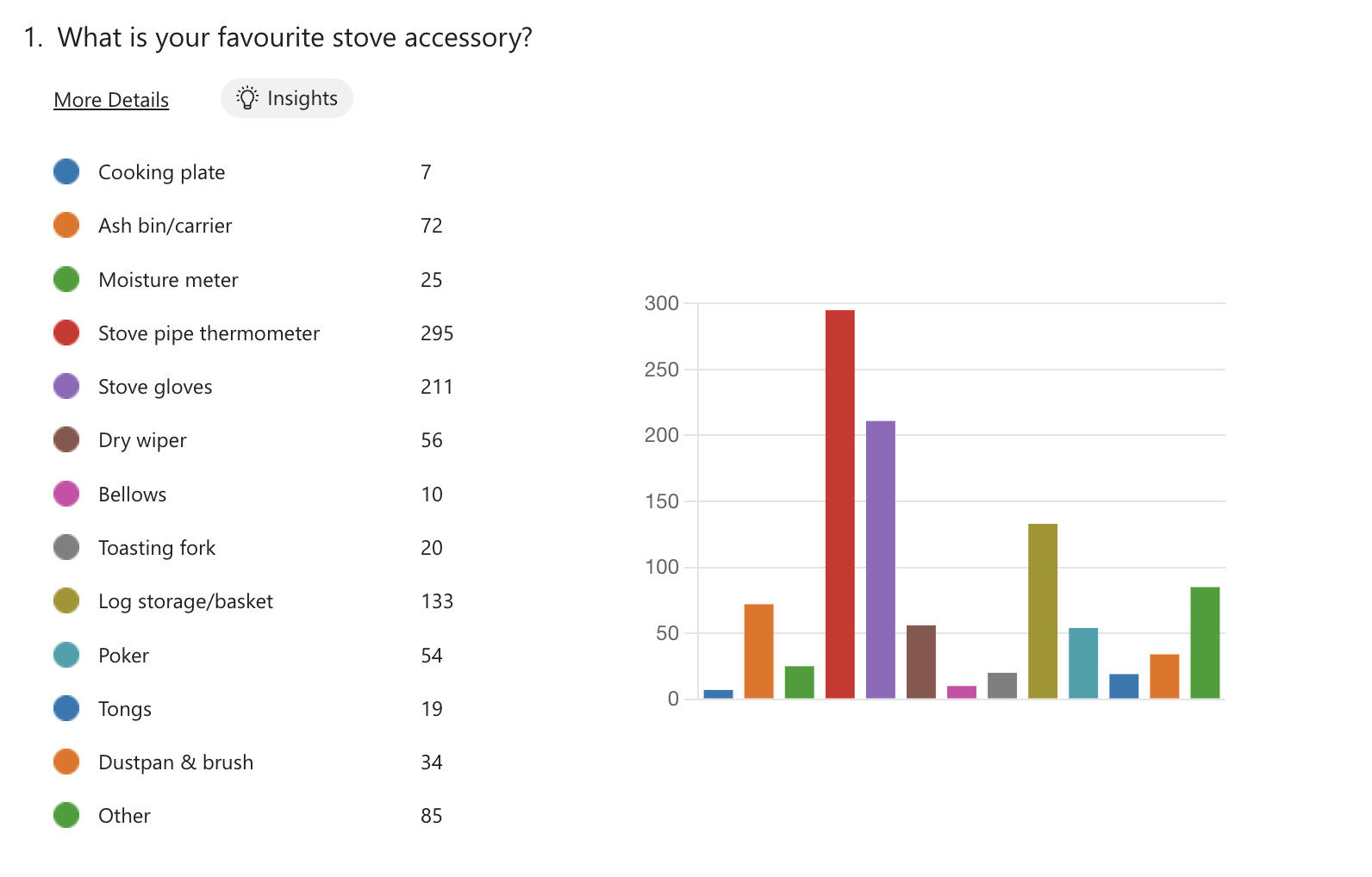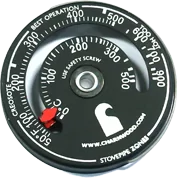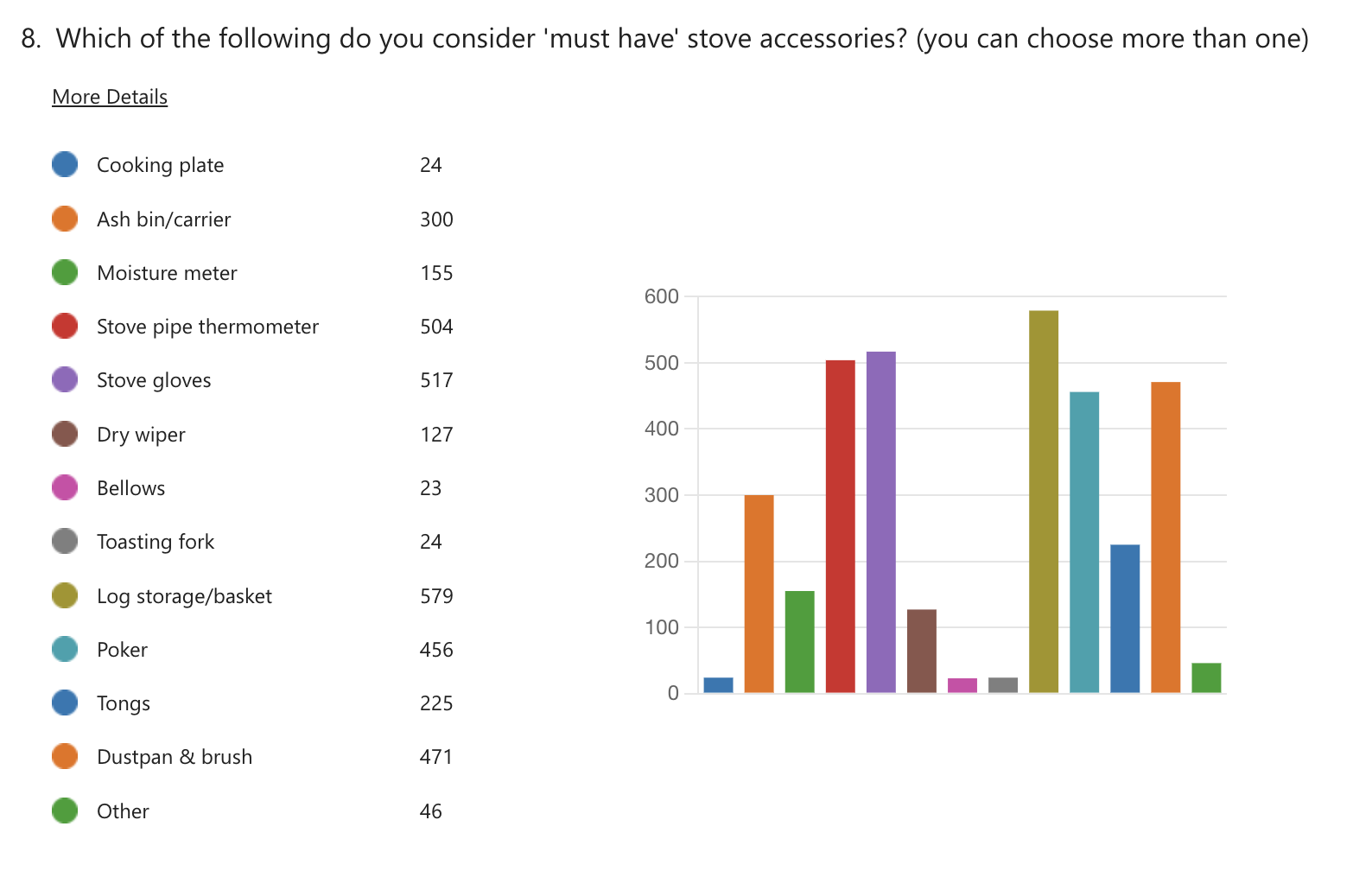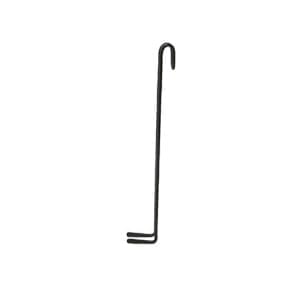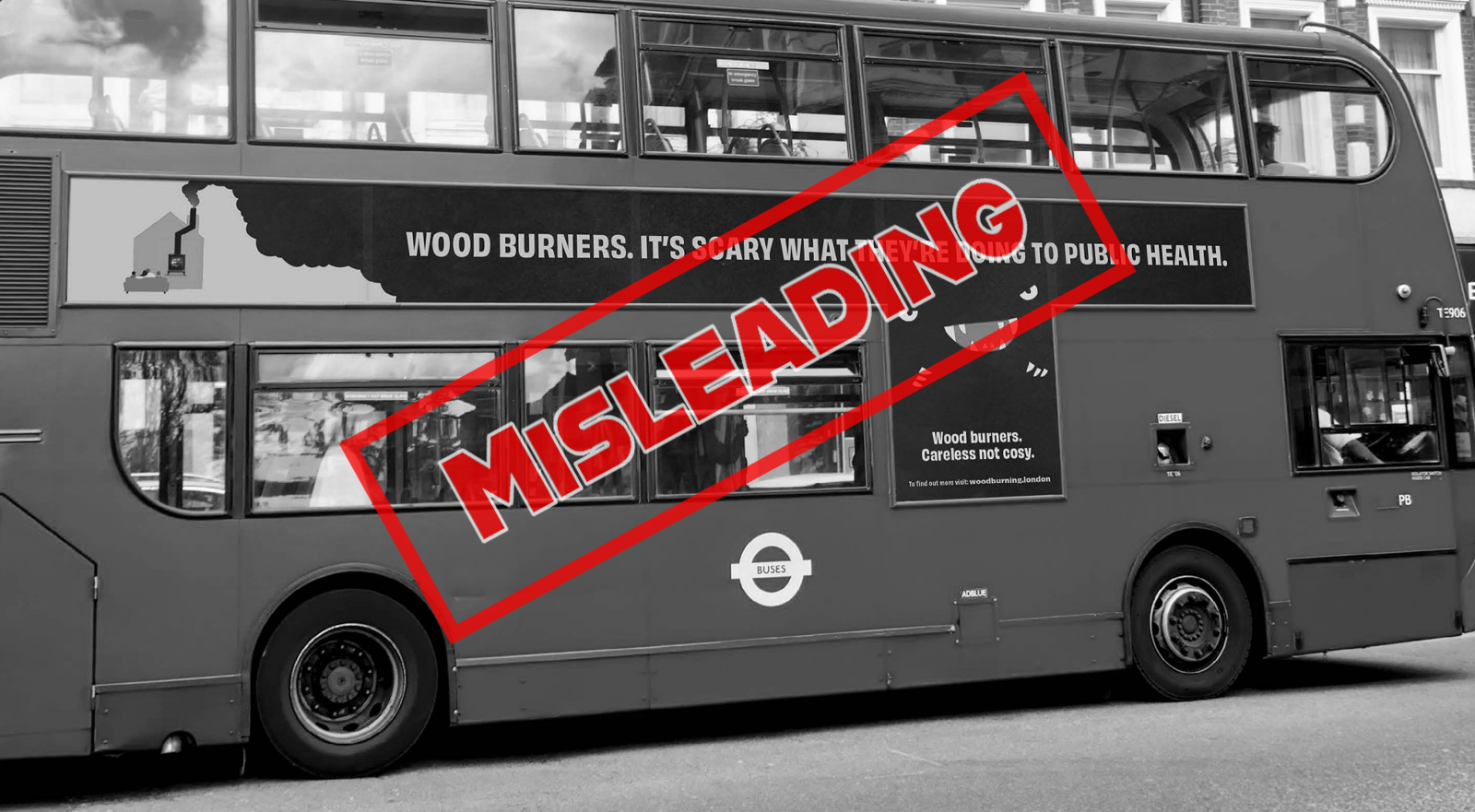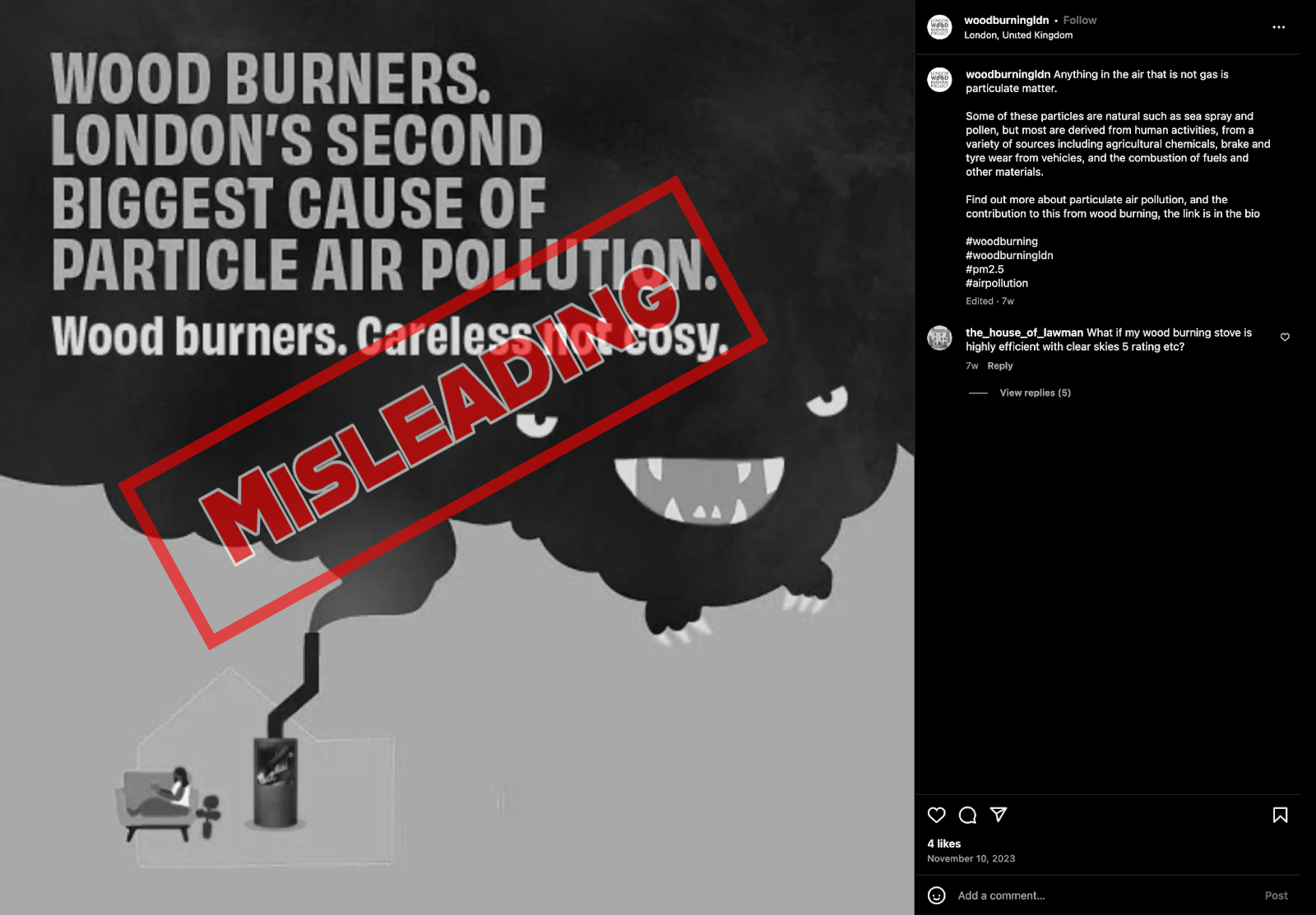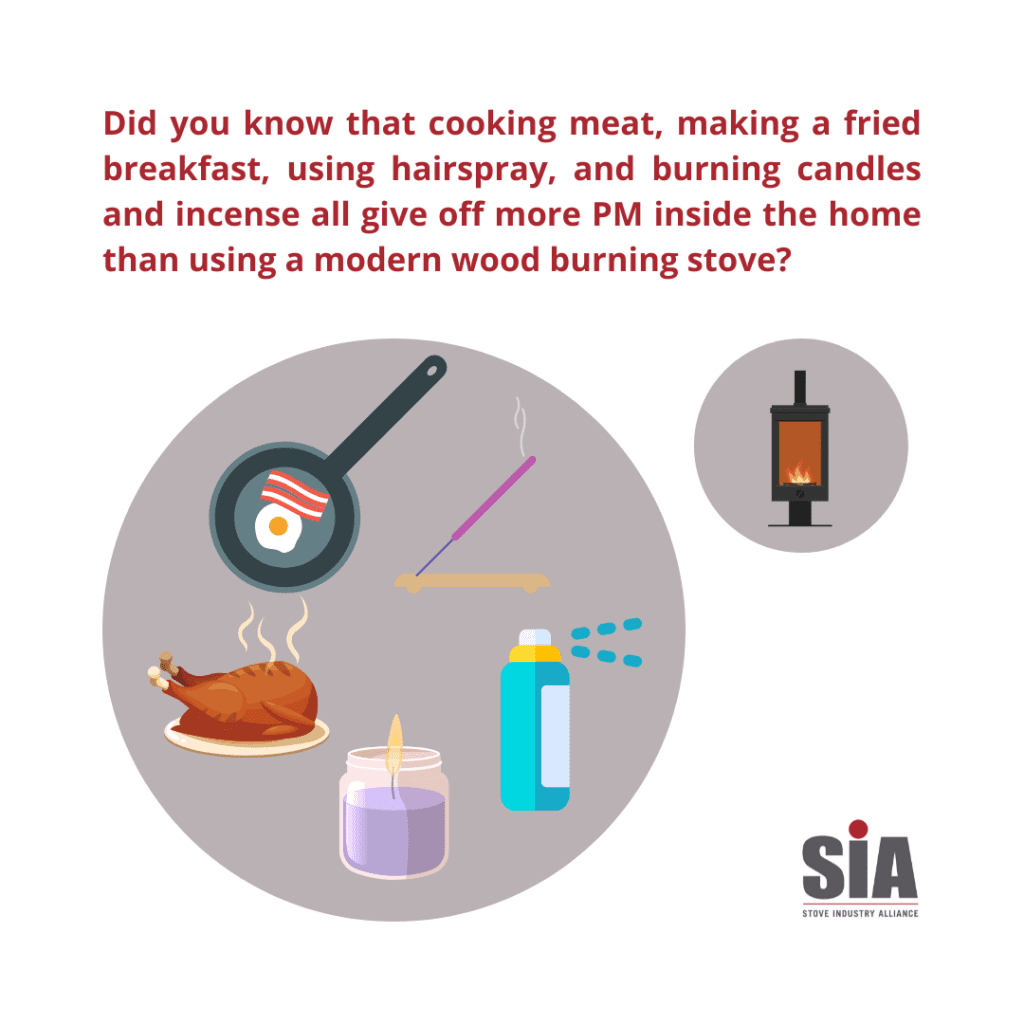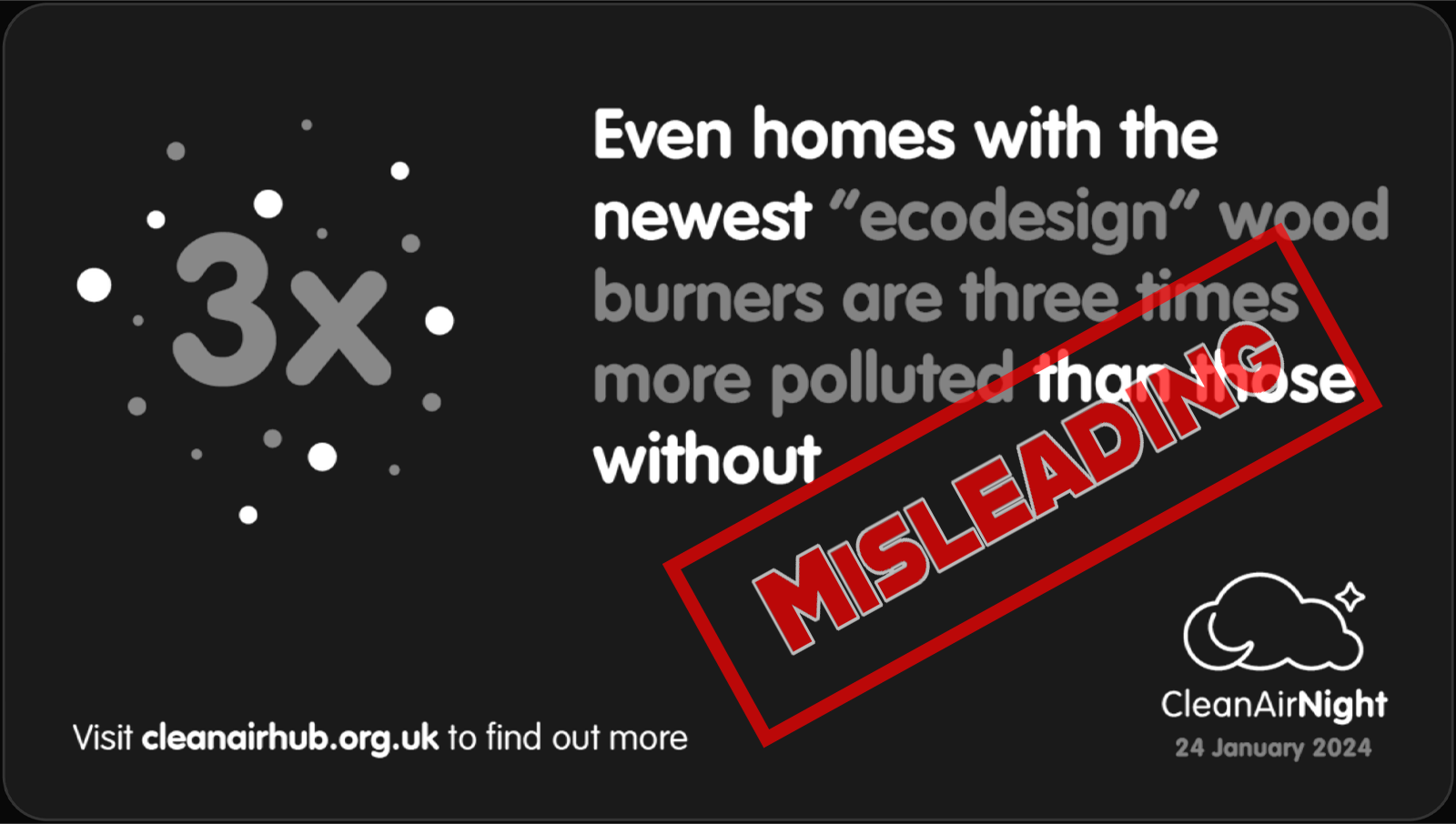We at Charnwood appreciate the work Mums for Lungs does in advocating for clean air. We share their concern for healthy homes and the environment. However, some recent information they released on wood burning does not reflect the latest available data which shows significantly reduced emissions from advancements in wood-stove technology and responsible fuel practices. Let’s explore some key points raised in their leaflet:
Air Quality Concerns:
MfL “Wood burning is a leading cause of PM2.5. Emissions of PM2.5 from domestic wood burning increased by 56% between 2012 and 2022, to represent 22% of overall PM2.5 emissions in 2022. This is more than all UK road transport exhausts (18%).”
The term ‘domestic wood-burning’ continues to mislead. The public understandably associates this catch all term most readily with wood-burning stoves – despite it being a combination of emissions including open fires, outdoor bonfires and old stoves. The actual contribution of modern wood-burning stoves is estimated by the UK government’s official figures at just 1-2%! (1)
And when good fuel practices are undertaken this reduces even further. (2)
As reported by the SIA “Last year…PM2.5 emissions from Ecodesign stoves burning dry wood fuel accounted for less than 0.1% of the UK total.”
MfL “There is no such thing as clean burning. The newest Ecodesign, Defra compliant stove emits six times more PM2.5 per hour than a Euro VI heavy goods vehicle.”
This stat has repeatedly been shown to be flawed and has caused much unnecessary concern.
Closer inspection reveals the data used to create this stat excludes brake and engine wear and in fact, just one Euro 6 HGV produces 13 times more PM2.5 emissions than an Ecodesign wood-burning stove over a week’s real-world use. Furthermore, emissions from HGVs are emitted at ground level (nearer head height) while wood smoke is dispersed more safely, higher up via a chimney flue.
The SIA say, “ The claims are based on simplistic calculations using permitted rates of emission and do not consider either real world use or non-exhaust emissions. Furthermore, these permitted emissions rates rely on vastly differing measurement protocols and techniques. It should also be noted that there are several unreferenced assumptions, and the report does not appear to have been independently peer reviewed.” (3)
It is fair to say that a 90% reduction in emissions, which is what modern wood-burning stoves offer, is clean burning. With 70% of wood burning in London taking place on open fires, modern stoves could reduce those emissions by 90% and that would certainly clean up the air dramatically!
Furthermore, it is important and pragmatic to say that the reality is there is no pure way to keep warm. Every heating solution, from gas and electric to wind, solar, heat pumps and nuclear involves tradeoffs and compromises. The key is to optomise these solutions and use them intelligently together to provide us with greater energy security and wellbeing. Read about wood-burning stoves co-heating future here.
Costs:
MfL “Wood burning is costly…”
Prices of all types of fuel constantly fluctuate and are dependant on many factors including availability and how much you buy. Wood is consistently one of the cheapest fuel sources available and as recently as 18 months ago was widely considered the cheapest fuel source! (4) What is constant is that wood is the only fuel source that you can collect yourself for FREE and is not subject to spiking due to global crises in the way that gas and electricity is. It also provides energy independence and security from outages caused by various factors from storms to supply issues.
Environmental Impact:
MfL “Wood burning is not a climate friendly way of heating a home. Burning wood releases more greenhouse gases than gas, oil or coal for the same amount of heat.”
Wood is a renewable fuel source compared with fossil fuels that take millions of years to produce. Additionally, acquiring the remaining fossil fuel supply requires increasingly destructive methods such as fracking and deep-sea oil drilling. Wood fuel, on the other hand, can be sourced locally and in harmony with the environment.
Sustainably harvested wood fuel can absolutely be considered climate-friendly because trees absorb carbon dioxide as they grow, offsetting the emissions released when burned. However, we acknowledge that responsible forest management and efficient burning practices are crucial to ensure true sustainability.
MfL “Leaving trees to grow and mature creates forests which capture more carbon and sustain a richer variety of species”
Managing woodland is vital for healthy forests and increasing biodiversity. Coppicing is an ancient woodland management technique dating back to the stone age used to ensure regular supply of timber and firewood and improve forest health. It involves felling trees at their base to create a ‘stool’ where new shoots will grow. Coppicing today is often used as a way of improving the health and biodiversity of a woodland area by opening it up to the sunlight and allowing a wider range of plants to flourish.
The National Trust say “Today, we use it at many of the places we care for to create a range of habitats for plants and wildlife – dramatically increasing the diversity of species that thrive in these areas.” (5)
According to the Woodland Trust’s 2021 report (6), the UK’s woodland cover has more than doubled in the last 100 years, reaching 13.1% of the total land area and forest coverage is set to continue increasing which provides a host of benefits, including:
Carbon Sequestration: Wood absorbs carbon dioxide from the atmosphere as it grows. When wood is burned responsibly, a closed-loop carbon cycle can be created with the carbon dioxide released being reabsorbed by new trees.
Biodiversity Enhancement: Woodlands are the habitat for a diverse range of wildlife, including many insects and birds. When done sustainably, harvesting wood encourages new growth and benefits biodiversity.
Local Jobs: Wood fuel production and distribution creates jobs and supports economies in rural areas. This is crucial for maintaining the vibrancy of local communities who in turn invest in looking after their woodland areas.
____________
We understand concerns about PM2.5 and we want to continue playing a key role in improving air quality. Modern wood-burning stoves are NOT the problem and the latest data shows that they can in fact massively improve air quality.
We would encourage everyone to come together to focus on the real issues that can make a genuine difference. Let’s encourage people to reduce bonfires, switch from open fires to modern wood-burning stoves, and burn wood responsibly and efficiently. This would make a huge difference while protecting our energy security.
Remember there is no 100% clean technology. Every heating source has its positives and negatives. Modern wood-burning maximises the many positives while drastically reducing the negatives.
For those open to working together to ensure the cleanest possible air for everyone, please read our blog: Shared Goals, Cleaner Air: Reimagining The Wood Burning Debate With Healthy Dialogue & Believing The Best In Each Other
References:
(3) https://stoveindustryalliance.com/sia-responds-to-wood-burning-stove-and-hgv-emission-comparison/
(4) https://stoveindustryalliance.com/wood-fuel-now-the-cheapest-domestic-heating-fuel/
(5) https://www.nationaltrust.org.uk/discover/nature/trees-plants/what-is-coppicing

